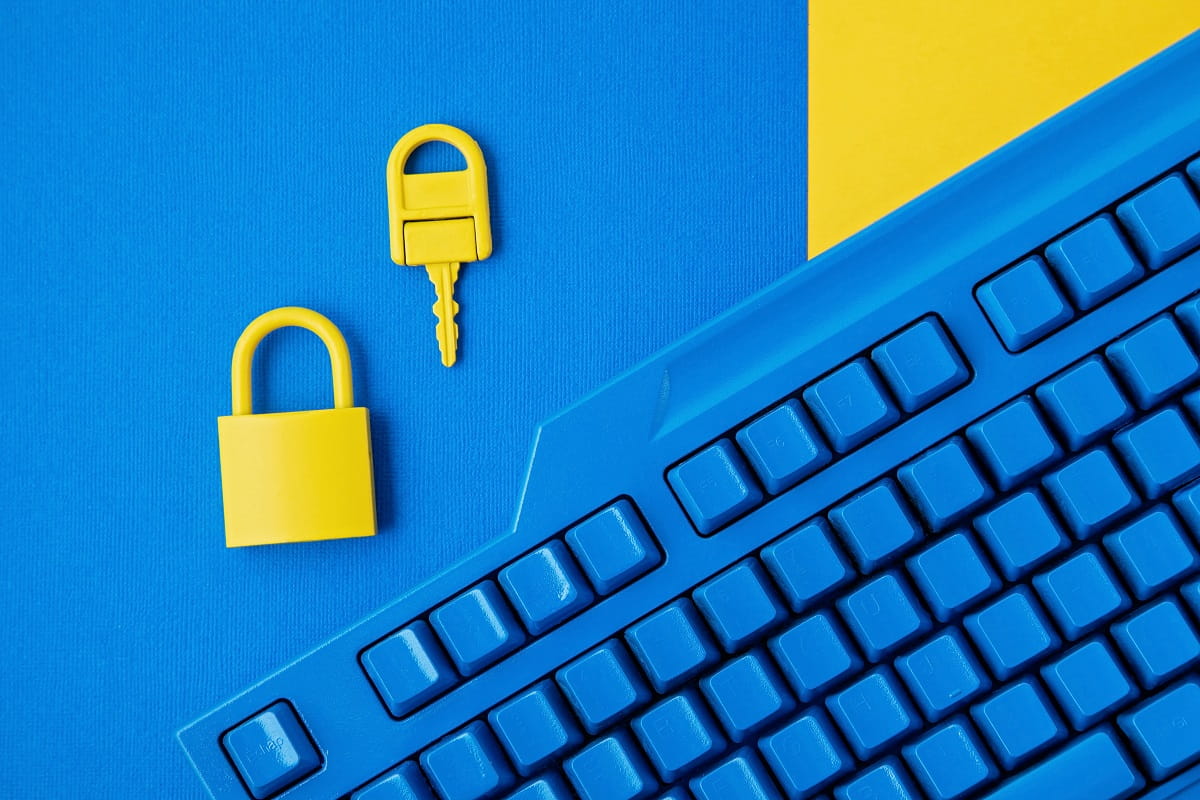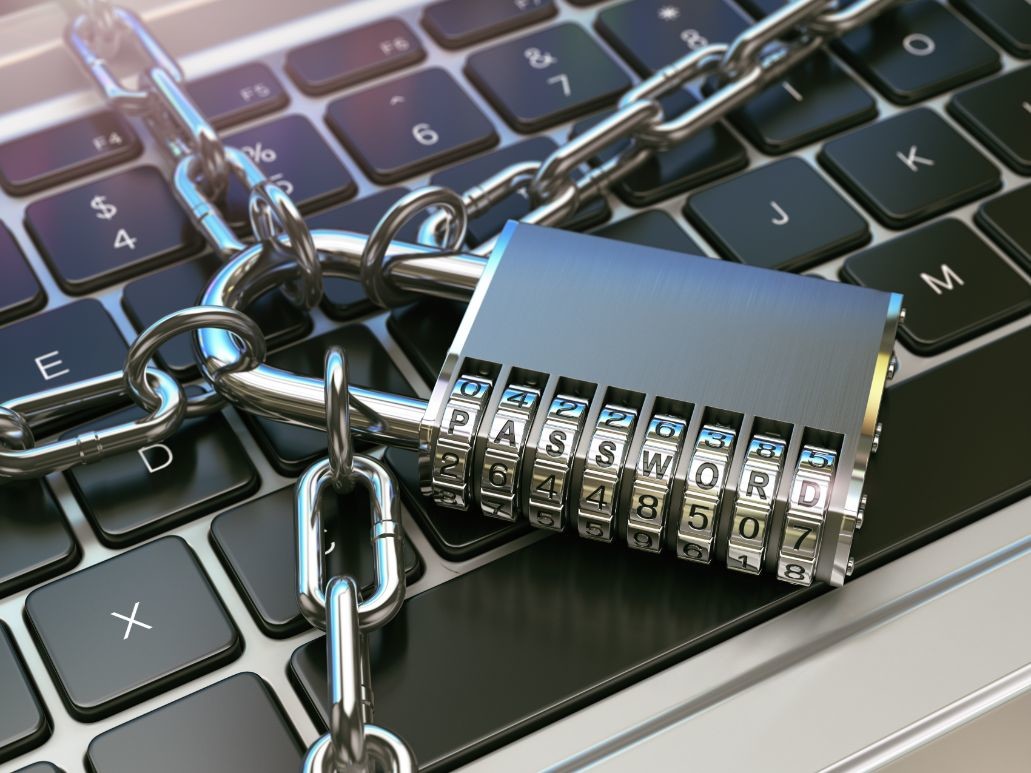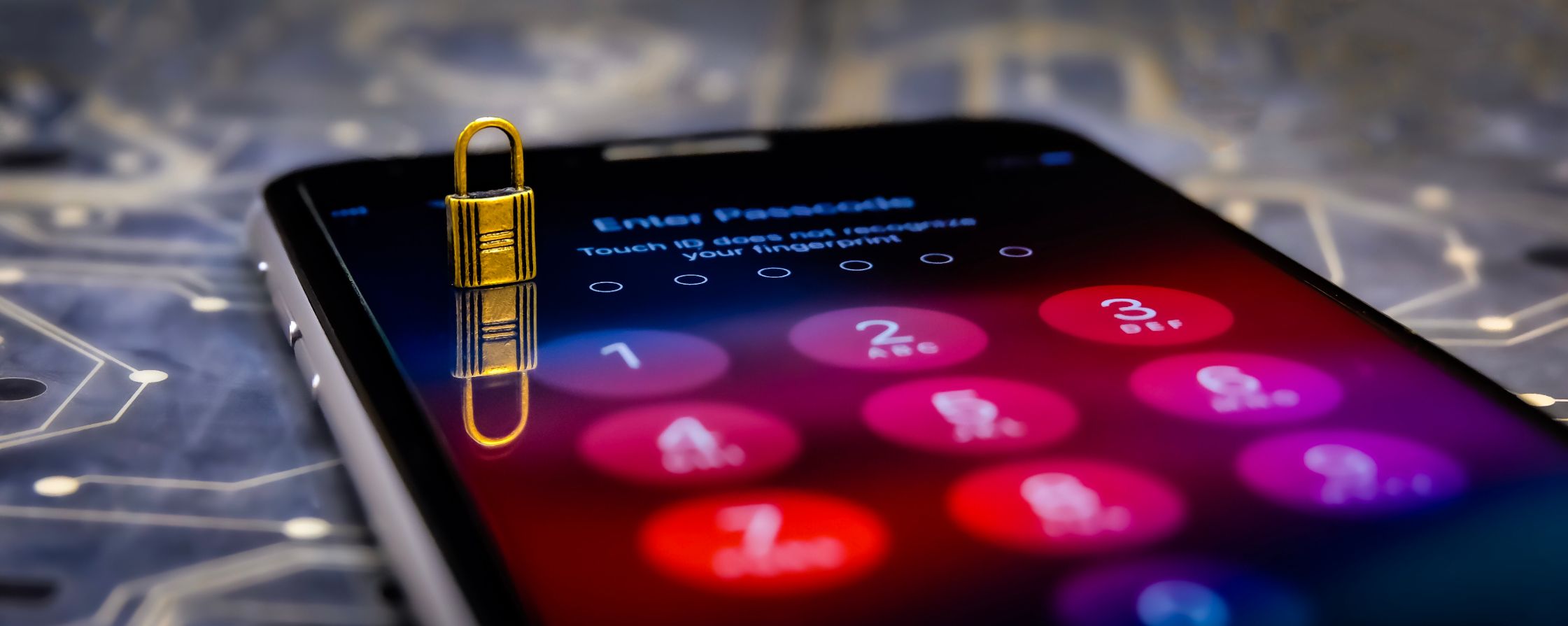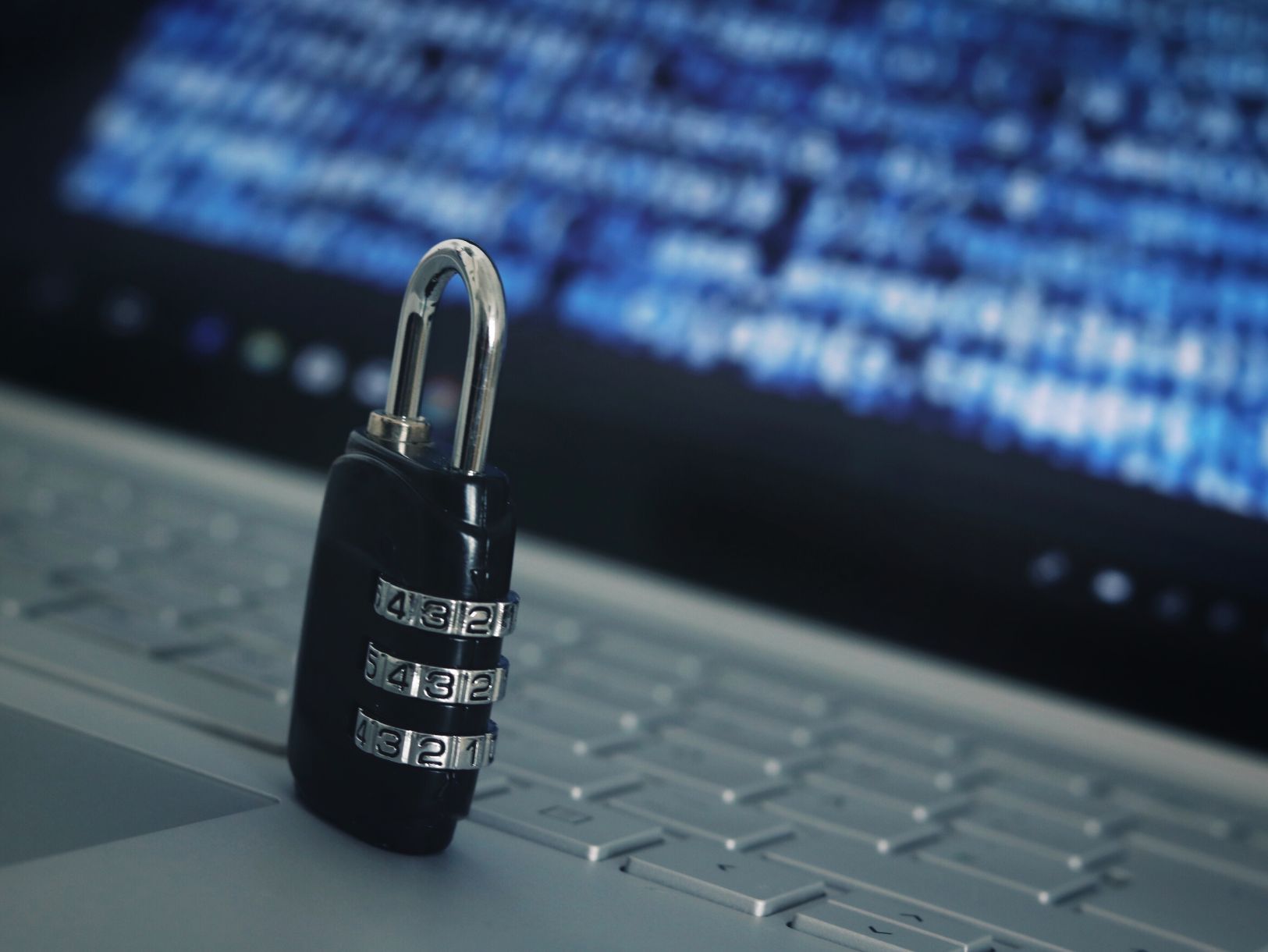There is now a definitive information security answer in the works, revenge let’s say, for everything that malicious hackers, a.k.a cybercriminals have inflicted upon us so far. It is a complete overhaul of our security systems and our understanding of data security. On the other hand, it isn’t just about revenge against attackers, but protection against ourselves as well. So, a combination of external and internal threats is an objective answer.
It will not be a simple thing to put into practice at all, either. It will be like putting up a mile-high impenetrable iron wall against all external threats. However, this is what we call a necessary evil. This is because it will take years to establish this great iron wall, a substantial amount of expense, and a substantial amount of new education and training associated with the process. To put this into perspective, the Japanese government spent billions on their Tsunami wall, but it will surely be worth it in the long run and will avoid catastrophic future consequences.
This is what we call the Zero Trust model. Pretty self-explanatory, is it not? It is now well-established that zero trust will be a necessary evil to stop cyber threats. It is something that will also greatly benefit data security in general, not only from internal and external threats, but it is a general step up to better data processing, data protection, and a better internet experience overall. A legitimate evolution of the way we interact with the digital world, so to speak.
What is Zero Trust And Why do We Need it?

According to IBM, one of the forefathers of computing and security, “Zero Trust is an approach that assumes that the security of a complex network is always endangered by external and internal threats.” Zero Trust was developed not long ago in 2010 by John Kindervag to effectively protect a company’s most valuable assets. The framework assumes that every entry point is a possible threat, which is the best possible approach keeping in mind that sophisticated cybercrime can enter via multiple doors, and human error can also cause extra unnecessary damage to boot. “To expand, the zero-trust security model ensures that data and resources are inaccessible by default. Users can only access them under certain conditions, which is called “least privilege” access” states IBM.
Zero Trust, again, is a self-explanatory paradigm. This is data security designed from the ground up. It is the fact that access and privileges assume no trust, whatsoever and multiple stages of verification must be necessary when it comes to accessing, interacting, or sharing data, at every point. Yes, this is an extreme approach and will bring with it several difficulties and tedious measures, but on the bright side, it is that necessary evil that will eradicate an enormous amount of potential threats and risks for everyone, especially the largest organizations out there that hold extremely sensitive, fragile data. The Zero Trust Model is the most comprehensive approach to combating information security threats that we as a society have thought up so far.
Zero Trust takes the classical ‘perimeter’ approach to security and throws it in the bin. With the size of organizations today, the amount of data traveling back and forth internationally, and the size of the cybersecurity market, not to mention cybercrime threats, a one-size-fits-all solution is going to be necessary going forward to relieve us all of this enormous tension revolving around the question: is the data safe and have we mitigated all the risks? With Zero Trust, the answer is almost a resounding yes. Zero Trust implies continuously checking and verifying each transaction. There is no longer trust, especially in the modern vulnerable hybrid cloud environment.
How Zero Trust Will Change Information Security

Now that we understand what a Zero Trust Model framework is, the question is, how can this (perhaps utopian) framework for the ultimate in data security even be implemented across thousands of organizations and millions of employees? According to IBM, “In order to successfully implement a zero-trust architecture, companies must combine information from all security areas.” Furthermore “Security teams throughout the company must agree on priorities and align access policies.”
For Zero Trust to work, all connections through an organization from the most basic levels of data sharing between user-device-application-workload-network must be secured from the ground up. For this to work, organizations must take into account that an extremely well-planned strategy and a timeline for the implementation and integration of Zero Trust cybersecurity applications will be required. The following is an exact list of focuses that have to align with the Zero Trust Model;
- Identities
- Devices
- Workloads
- Data
- Automation
- Coordination
- Transparency and analysis
- Network equipment
- Terminal equipment

Exhausted already? Well, that is the price we have to pay for not developing this approach earlier and being naive about the effects of cybercrime. It is also the price to pay for how much data we have to control, and the data of billions of users we have to protect today. It is the price we have to pay because we want to be digitally transformed.
Let’s remember, trillions of dollars have been lost to cyber attacks and human error, therefore internal and external threats. That is why it is high time for an extremely strict iron wall that will act like kryptonite against risks and threats.
In the future, perhaps as soon as five years into the future, we should see a worldwide implementation of Zero Trust frameworks along with Zero Trust Network Access (or ZTNA.) We will also see defense-in-depth measures and more frameworks that do not tolerate any flexibility or ‘trust.’ To push information security to the heights it deserves, we must focus on IAM or identity and access management, cloud security, privilege access, and more to provide a global framework that we can rely on with full peace of mind.

